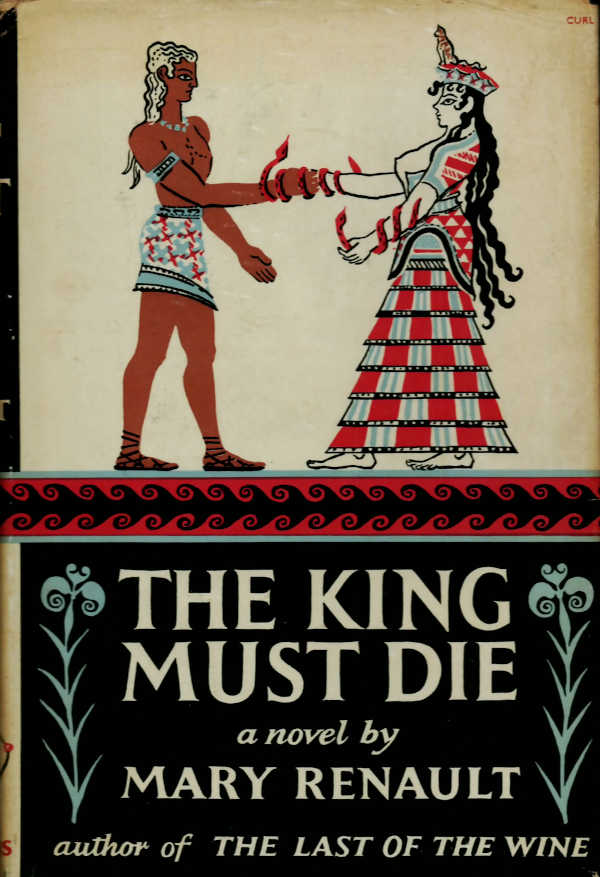
The ancient world of myth and legend takes on the trappings of living history in this second of Mary Renault's imaginative reconstructions. The first, The Last of the Wine (1956) won wide critical acclaim. This book will, I feel, win as well the plaudits of the general public. It has all the magic of the earlier book, and the subject- the imperishable story of Theseus, prince of Athens, and the Minotaur of Crete to which 14 Athenian boys and girls were yearly sacrificed, has a timeless quality of poignant drama which is heightened in her retelling. The archaeological findings in the Knossos' excavations, which provide historical authenticity to the story, help give credence to the reconstruction of the vast palace, the labyrinth beneath it, the bull ring where the doomed young people played out their dance with death. Even the characters of the chosen group come clear as individuals, while Theseus teaches them to stake their lives on group loyalty. The love story with Ariadne becomes less bitter gall- its tragic ending more understandable. A superb sense of story is sustained throughout against the vivid tapestry of the past. As Midsummer selection of the Book of the Month, this starts with a ready market. Kirkus Review
 €10
€10
The ancient world of myth and legend takes on the trappings of living history in this second of Mary Renault's imaginative reconstructions. The first, The Last of the Wine (1956) won wide critical acclaim. This book will, I feel, win as well the plaudits of the general public. It has all the magic of the earlier book, and the subject- the imperishable story of Theseus, prince of Athens, and the Minotaur of Crete to which 14 Athenian boys and girls were yearly sacrificed, has a timeless quality of poignant drama which is heightened in her retelling. The archaeological findings in the Knossos' excavations, which provide historical authenticity to the story, help give credence to the reconstruction of the vast palace, the labyrinth beneath it, the bull ring where the doomed young people played out their dance with death. Even the characters of the chosen group come clear as individuals, while Theseus teaches them to stake their lives on group loyalty. The love story with Ariadne becomes less bitter gall- its tragic ending more understandable. A superb sense of story is sustained throughout against the vivid tapestry of the past. As Midsummer selection of the Book of the Month, this starts with a ready market. Kirkus Review